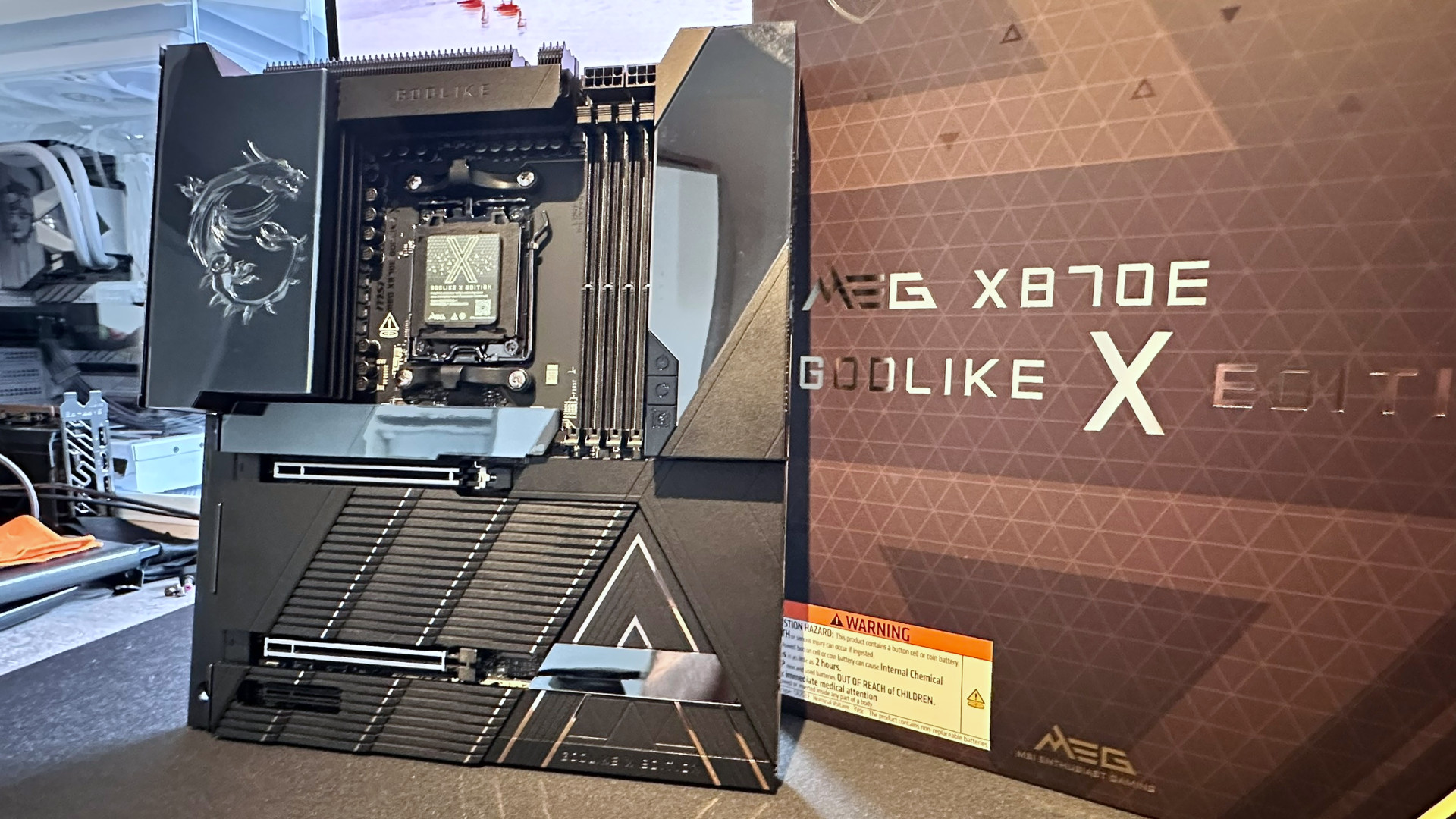This aerospike rocket engine designed by generative AI just completed its first hot fire test

AI is one of the most misused tools in modern technology, which is why whenever I see it doing something actually useful and cool I like to point at it and loudly scream “More like this, please!”. In today’s offering, we have this 3D printed aerospike engine created using AI’s generative design skills that just completed its first successful hot fire test.
Hackaday first spotted the design a few years back, when startups Hyperganic and AMCM first collaborated on the design. The result was an 800 mm 3D printable aerospike engine, suitable for working at all pressures and thus theoretically able to take over the job of multiple engines designed for different conditions. The iterative process of generative algorithms have now delivered what is hopefully a working prototype of this notoriously difficult style of engine.
In December, the latest iteration has just completed a hot fire test where the engine was powered by a fuel mix od cryogenic liquid oxygen and kerosene. In the test the engine which was 3D printed in a copper alloy used for aerospace, achieved 5,000 Newtons of thrust. It’ll likely need to be upscalled a fair bit before carrying much into space, but given the thruster only took the company’s Noyron AI a few weeks to develop, maybe it won’t be long.
This isn’t the first time Noyron has helped make blisteringly fast advancements in the aerospace field. Last year we saw a 20,000HP rocket engine that only took two-weeks for the AI to develop.
The reason these aerospike style engines haven’t been used more in the past is they’re difficult to design and make. While generally thought of as having the potential to be more efficient, they also require intricate cooling channels to help keep the spike cool. CEO and Co-Founder of LEAP 71, Josefine Lissner, credits the company’s computational AI, Noyron, with the ability to make these advancements.
“We were able to extend Noyron’s physics to deal with the unique complexity of this engine type. The spike is cooled by intricate cooling channels flooded by cryogenic oxygen, whereas the outside of the chamber is cooled by the kerosene fuel.” Said Lissner “I am very encouraged by the results of this test, as virtually everything on the engine was novel and untested. It’s a great validation of our physics-driven approach to computational AI.”
Lin Kayser, Co-Founder of LEAP 71, also believes the AI was paramount in achieving the complex design, explaining “Despite their clear advantages, Aerospikes are not used in space access today. We want to change that. Noyron allows us to radically cut the time we need to re-engineer and iterate after a test and enables us to converge rapidly on an optimal design.”
Again this sounds like a great use for AI. Lots of computations, iterative simulations, all with the aim of finding the best way to achieve a task that has proved too complex to be completed by people alone. Currently the work is continuing for Noyron to come up with the next generation of aerospike engines with more test slated for 2025.

Best gaming rigs 2025




